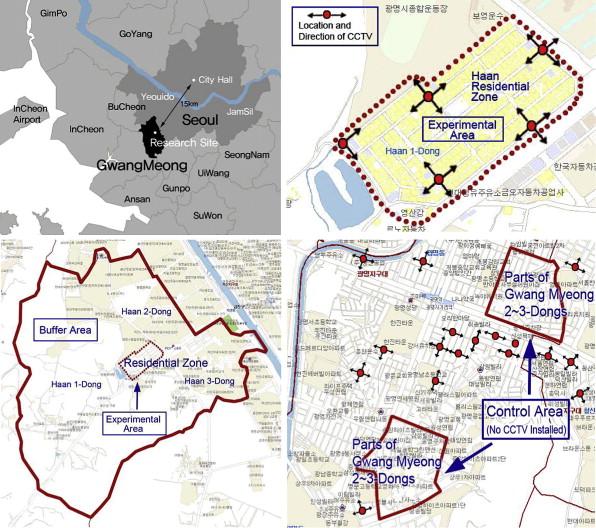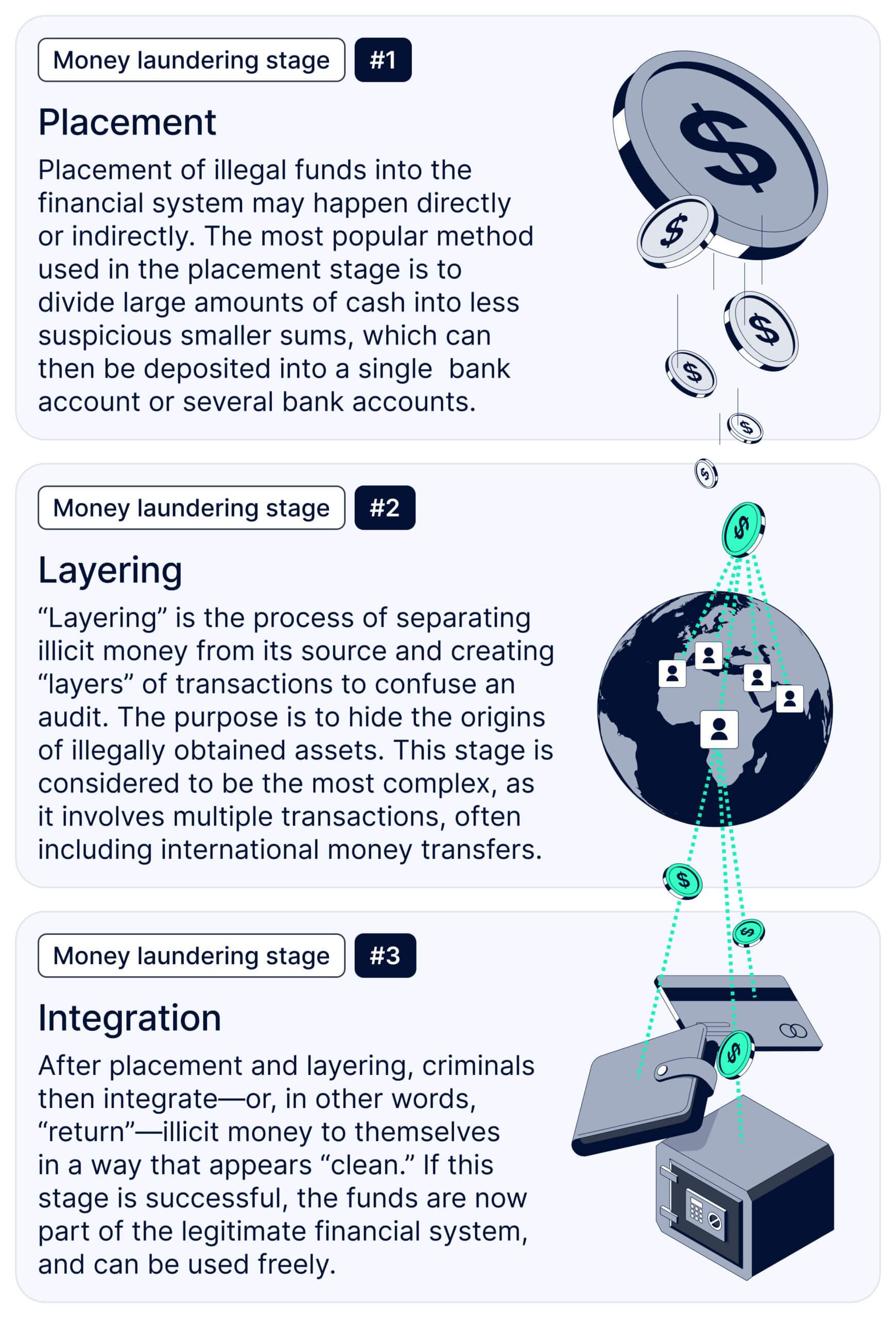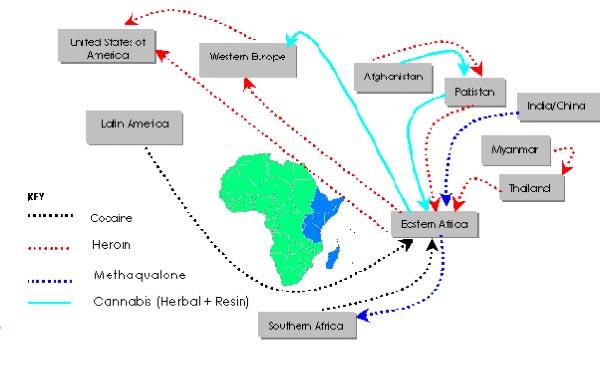Ever wondered what happens when crime seems to mysteriously vanish from one neighborhood, only to pop up somewhere else? This curious phenomenon is known as crime displacement – a puzzle that keeps criminologists, policymakers, and communities alike scratching their heads. When efforts to curb crime succeed in one spot, does it really mean a safer city, or just a shift in where trouble brews? In this article, we’ll dive into the intriguing world of crime displacement, exploring what triggers it, how it works, and whether it’s a ripple or a wave. Buckle up-this journey will challenge the way you think about crime prevention and public safety.
Table of Contents
- Understanding Crime Displacement and Why It Happens
- Exploring the Different Types of Crime Displacement
- The Hidden Consequences of Pushing Crime Away
- Strategies to Prevent Crime from Simply Moving Elsewhere
- To Conclude
Understanding Crime Displacement and Why It Happens
When crime is suppressed in one area, it doesn’t necessarily vanish-it often shifts to another location, time, or even changes form. This phenomenon happens because offenders adapt to new obstacles, searching for alternative opportunities where the risk of detection is lower. The dynamics of crime displacement reflect the strategic nature of criminal behavior, influenced by factors such as increased surveillance, improved law enforcement presence, or changing social environments. Rather than eliminating crime, interventions sometimes push it into less monitored neighborhoods or transform it into less detectable offenses, making displacement a persistent challenge for policymakers.
Several key elements explain why this migration occurs:
- Opportunity Redistribution: Criminals seek out less fortified or crowded hotspots where risks are minimal.
- Risk Management: The desire to avoid apprehension prompts offenders to alter their methods or locations.
- Social Networks: Connections within communities help criminals identify new targets and avenues for illicit activities.
- Environmental Changes: Urban development, gentrification, or economic shifts can unintentionally push crime into neighboring areas.
Exploring the Different Types of Crime Displacement
Crime displacement is not a one-size-fits-all phenomenon; it manifests in several intriguing forms that reveal how adaptable criminal behavior can be. One type is geographical displacement, where offenders simply move their activities to a new location, often just outside the radius of increased law enforcement or surveillance. Another style is temporal displacement, which involves shifting crimes to different times of day or week to avoid detection. Then there’s target displacement, where criminals switch their focus from heavily protected targets to those less guarded but still lucrative. Each type highlights a cat-and-mouse dynamic between offenders and crime prevention efforts.
Beyond these more obvious displacements, there’s also what criminologists call tactical displacement, where offenders change their methods rather than where or when they commit crimes-think of burglars switching from picking locks to using more sophisticated electronic hacking techniques. Lastly, functional displacement sees offenders abandoning one type of crime for another, sometimes trading property crimes for cybercrimes due to heightened physical security measures. Understanding these diverse forms of displacement is crucial for developing smarter, more flexible strategies that don’t just push crime around, but reduce it overall.
The Hidden Consequences of Pushing Crime Away
When crime is forcefully pushed out of one area, its ripple effects often catch communities off guard. Rather than eliminating the problem, criminal activities may simply relocate to neighboring neighborhoods or less policed zones, creating a shadow network of illicit behavior that becomes harder to monitor. This phenomenon challenges the conventional wisdom that increasing police presence or cracking down hard in one location will solve crime altogether. Instead, it often leads to an unintended consequence: the spread of crime like an invisible stain on the urban fabric.
Understanding these hidden consequences is crucial:
- Community Displacement: Residents in the new hotspots face sudden increases in crime, which disrupts local economies and deteriorates quality of life.
- Resource Drain: Law enforcement is forced to stretch thin, switching focus constantly, which can decrease effectiveness across the board.
- Criminal Networks Adapt: Offenders exploit the gaps created by shifting enforcement patterns, becoming more sophisticated and elusive.
By ignoring these dynamics, cities risk perpetuating a cycle where crime is not solved but recycled, moving invisibly like a dark undercurrent beneath the surface of urban life.
Strategies to Prevent Crime from Simply Moving Elsewhere
When addressing crime displacement, it’s crucial to implement approaches that don’t just push criminal activity into neighboring areas but reduce its overall occurrence. This means focusing on long-term community resilience rather than short-term fixes. One effective method is to invest in environmental design improvements such as better lighting, clear sightlines, and maintained public spaces, which can naturally deter offenders by increasing the risk of detection. Along with physical changes, fostering strong neighborhood networks where residents look out for one another creates a social fabric that is less inviting to crime.
Beyond physical and social changes, it’s essential to adopt a holistic prevention strategy that addresses underlying causes. This includes collaborative efforts between law enforcement, social services, and local organizations to provide support and alternatives for at-risk individuals rather than just displacing their actions. Some strategies to look into include:
- Community policing initiatives that encourage dialogue and trust.
- Programs aimed at youth engagement and education.
- Accessible mental health and employment resources.
- Data-driven hotspot analysis to allocate resources efficiently.
By weaving together physical, social, and systemic interventions, communities can ensure that reducing crime in one area doesn’t merely shift the problem elsewhere but fosters sustainable safety and well-being everywhere.
To Conclude
As we’ve seen, crime displacement is a fascinating-and sometimes frustrating-phenomenon that reminds us how complex the battle against crime really is. When efforts push crime out of one area, it doesn’t always disappear; it often just finds a new playground. This constant game of whack-a-mole challenges law enforcement, policymakers, and communities to think more creatively and collaboratively. So, next time you hear about a crackdown that seems to have moved trouble elsewhere, remember: understanding displacement isn’t about giving up, but about staying one step ahead in a constantly shifting landscape. What do you think-can smart strategies outsmart crime displacement, or is it an inevitable part of the puzzle? Let’s keep this conversation going!











